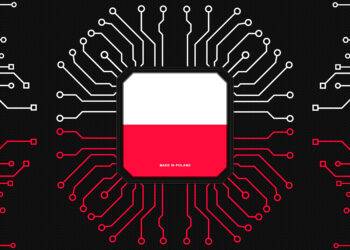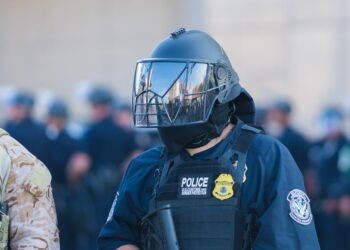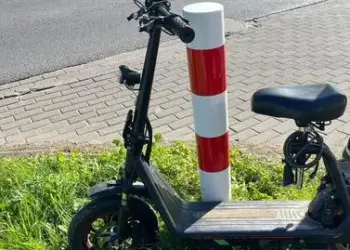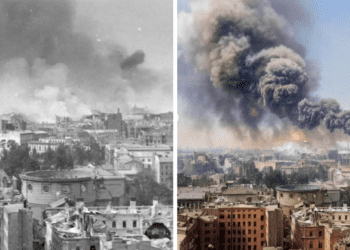In a decisive move reflecting solidarity and support for Ukraine amidst its ongoing conflict with Russia, the European Union has committed to bolstering its military aid with a substantial €5 billion injection. This commitment comes at a critical juncture, as Ukraine’s forces, significantly outmatched in terms of armaments, continue to resist the Russian invasion with valor but face escalating challenges.
The agreement, reached by ambassadors from the EU’s 27 member states, marks a pivotal enhancement of the European Peace Facility (EPF) fund. This development follows intense negotiations, particularly influenced by the stance of France and Germany—two of the EU’s leading nations—on the mechanics of aid distribution and funding.
EU foreign policy chief Josep Borrell succinctly encapsulated the bloc’s stance with a vow to support Ukraine “with whatever it takes to prevail.” This message underscores the EU’s unwavering commitment to Ukraine’s sovereignty and resilience in the face of aggression.
The EPF, designed as a reimbursement mechanism, facilitates EU members in supporting other nations militarily, ensuring a rapid deployment of resources where most needed. Amidst the debate, a significant contention was the “buy European” policy, advocating for the prioritization of European defense industries in the procurement process. However, the necessity for expedience in aid delivery led to a compromise, balancing the urgency of Ukraine’s needs with the support for the EU’s defense sector.
Notably, the EU had previously committed €6.1 billion from the fund to reimburse part of the cost of arms sent by member states to Ukraine since the Russian invasion. The decision to boost the fund was reached after overcoming disagreements on operational details. Germany advocated for offsetting bilateral support for Ukraine, while France emphasized that only weapons produced in Europe should be reimbursed. A compromise was eventually reached, allowing for flexibility in adhering to “buy European” rules and considering bilateral aid value
In addition to this military aid, the EU had previously signed off on a €50 billion ($54 billion) non-military aid package to support Ukraine’s economy through 2027. The funds consist of grants and loans financed from the EU budget⁷. As the United States faces Congressional deadlock in providing $60 billion in military aid to Ukraine, the EU’s decision to allocate further funding is crucial. The European Peace Facility will also contribute to financing a Czech initiative to purchase much-needed artillery shells from countries outside
The agreement heralds not only a reinforcement of Ukraine’s military capabilities but also symbolizes a robust statement of European unity against external aggression. Ukrainian Foreign Minister Dmytro Kuleba lauded the decision as a testament to Europe’s determination and unity in pursuit of a common victory.
Despite this bolstered support, challenges remain. The EU is grappling with enhancing its defense industry’s output to meet the demands of the conflict, notably failing to fulfill a promise to supply Ukraine with a significant artillery ammunition quota. Concurrently, the United States, another key ally of Ukraine, faces its own political hurdles in sustaining military aid levels, with a substantial funding package stalled in Congress.
As the conflict persists, the EU’s strategic move to augment its military aid to Ukraine is a clear signal of its commitment to countering aggression and upholding the principles of sovereignty and territorial integrity. This decision not only strengthens Ukraine’s defensive posture but also reaffirms the EU’s role as a pivotal player in global security matters, committed to defending democratic values and peace in the face of unwarranted aggression.


















